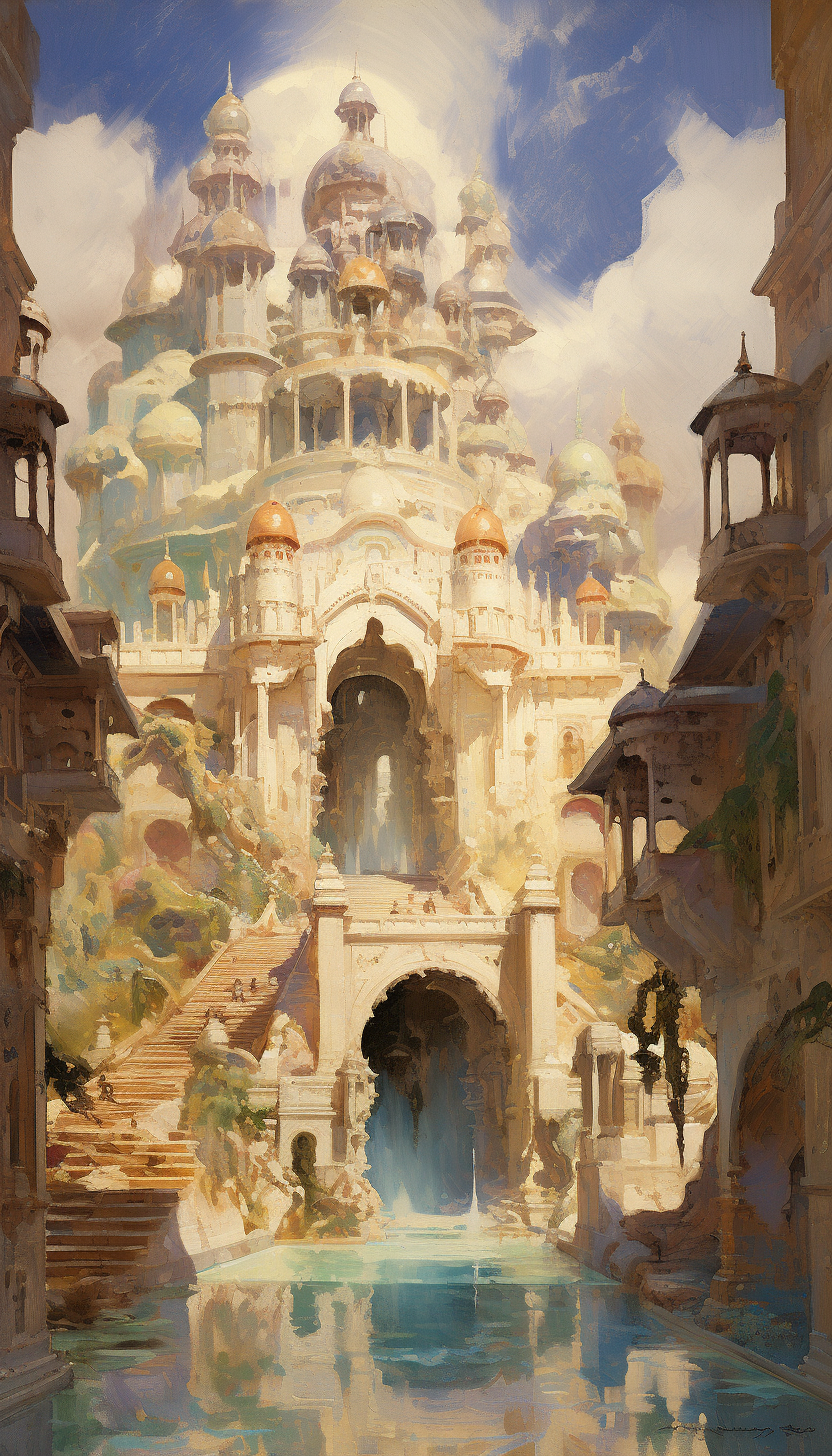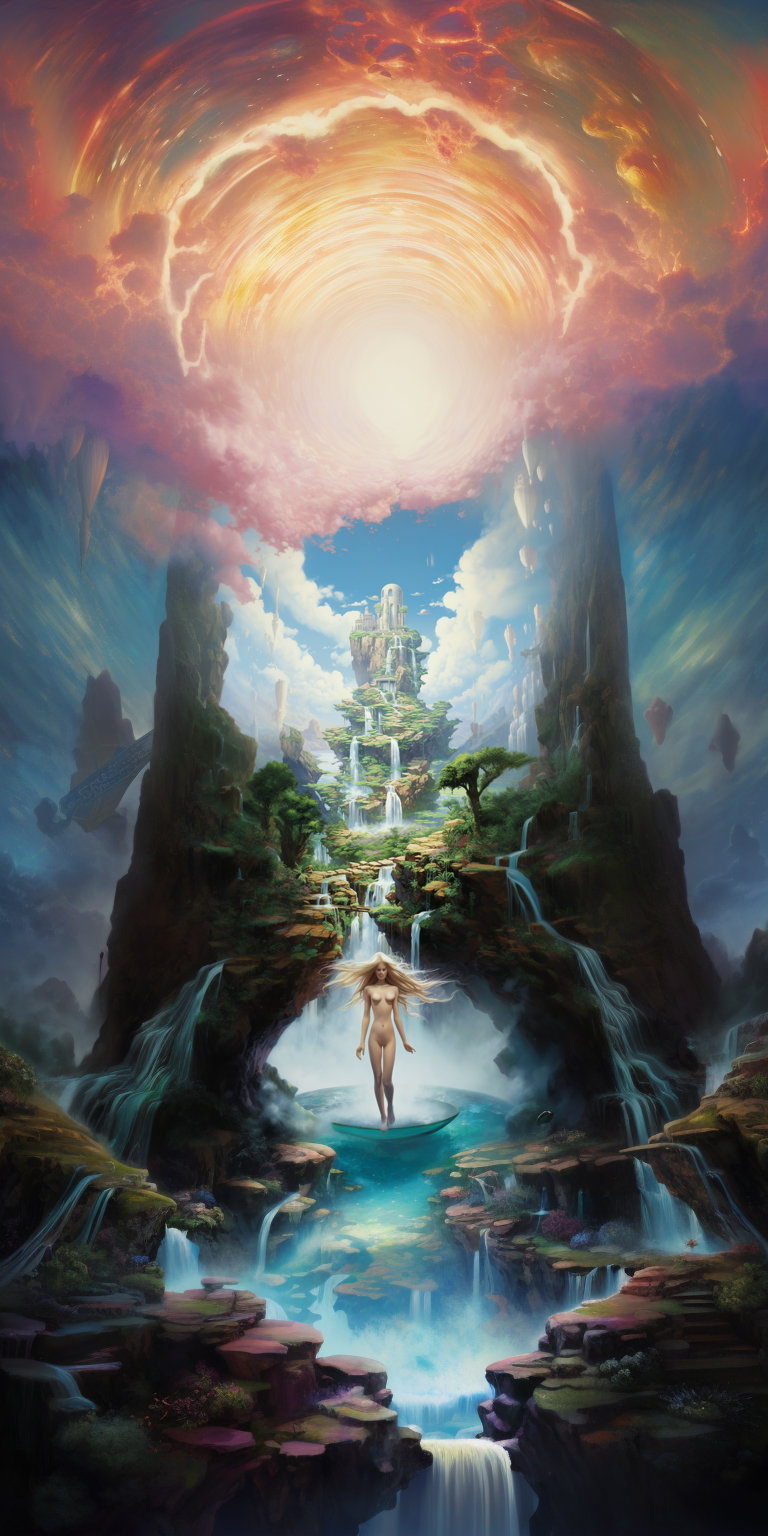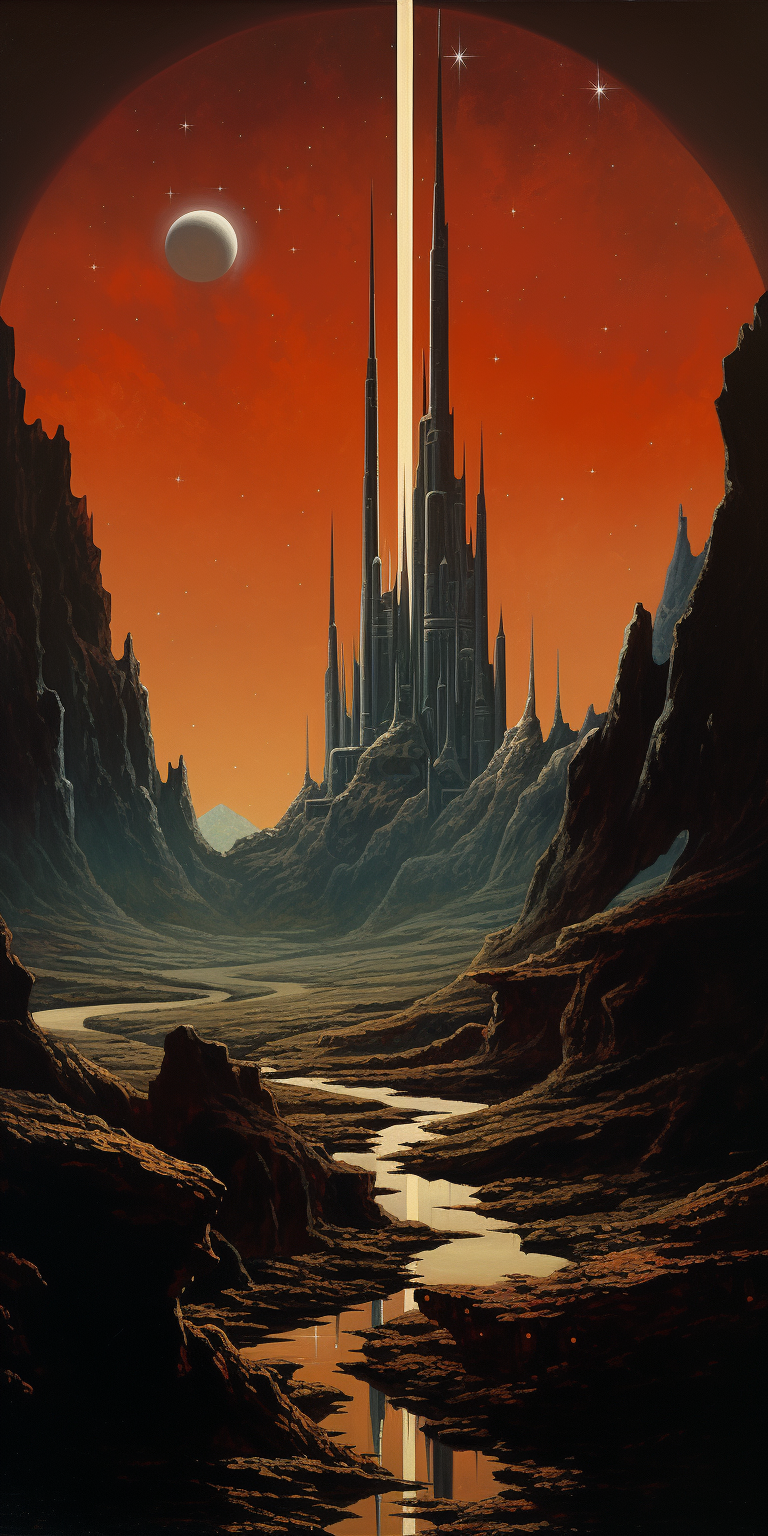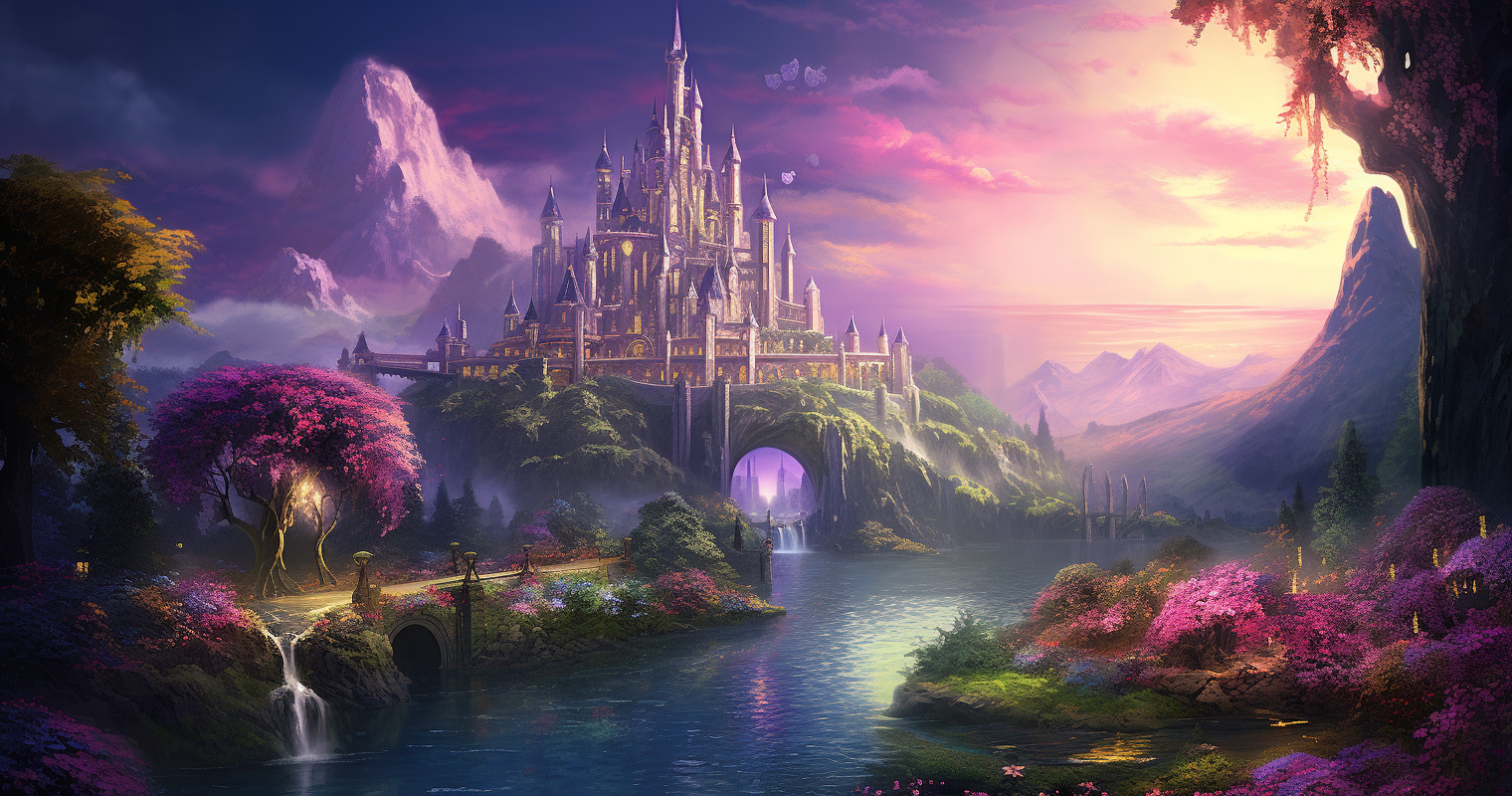Xanadu: From Kubla Khan’s Palace to Rush’s Prog Rock — Its Influence on Art and Music
The idea of Xanadu — at once an opulent palace and an unreachable dream — has had a powerful influence on various art forms over the centuries. This evocative concept has woven its way through literature, visual art, and notably, into the world of music, not least through the progressive rock band Rush. Here’s an exploration of Xanadu’s journey through the creative world.

Historical Origins
The real Xanadu, known as Shangdu, was the summer residence of the Mongol ruler Kublai Khan during the Yuan Dynasty in China. Located in contemporary Inner Mongolia, this city epitomized the majesty and grandeur of the Mongol Empire.

Literary Footprint
Samuel Taylor Coleridge’s poem, “Kubla Khan“, penned in 1797, is arguably the most iconic portrayal of Xanadu. With vivid descriptions of “caverns measureless to man” and a “sunless sea”, this portrayal has become a powerful representation of the exotic and the unreachable.

Artistic Impressions
- Visual Arts: From the Romantic era onwards, the rich imagery of “Kubla Khan” has inspired artists to depict the tension between nature and human creation. In these works, Xanadu often emerges as a symbol of humanity’s grand yet transient achievements.
- Literature: Beyond Coleridge, Xanadu has permeated literary works as a metaphor, often representing the unattainable or the ephemeral nature of pleasure.

Musical Echoes
- Classical Compositions: Composers, drawn to the ethereal quality of Xanadu, have tried to encapsulate its essence in their works, aiming to represent its majesty and enigma.
- Rush’s Prog Rock Odyssey: One cannot discuss Xanadu in music without mentioning Rush’s epic 11-minute track, “Xanadu“, from their 1977 album “A Farewell to Kings”. This song, with its intricate instrumentals and poetic lyrics, delves into the quest for immortality, drawing heavily from Coleridge’s imagery. Geddy Lee’s vocals, combined with the band’s virtuosic musicianship, bring the ancient allure of Xanadu into the modern age of rock, proving the timeless appeal of this legendary place.
- Popular Music & Beyond: Besides Rush, the allure of Xanadu has been referenced in other popular music tracks, most notably in Olivia Newton-John’s disco hit “Xanadu“. Additionally, musical theatre and film have also embraced its enchanting narrative, weaving tales around its myth.

In Conclusion
Xanadu’s journey from a historical palace in Mongolia to its depiction in a prog rock masterpiece by Rush exemplifies its enduring mystique and influence. Through art, literature, and music, this notion of a paradise — beautiful yet elusive — continues to inspire and resonate, reminding us of the enduring human fascination with the unreachable and the magnificent.

